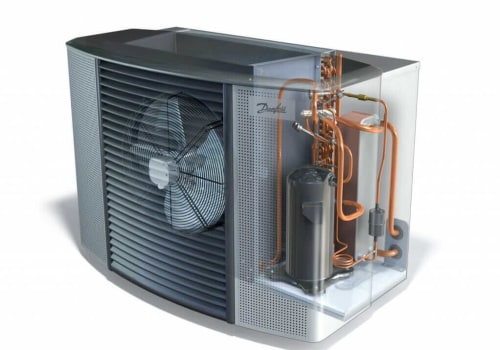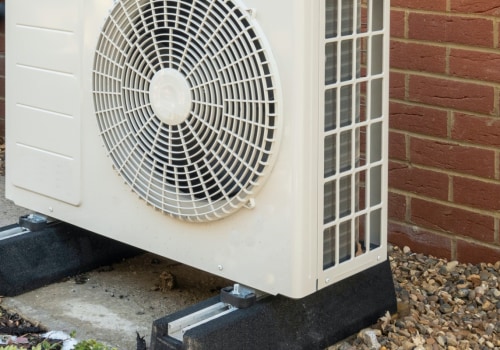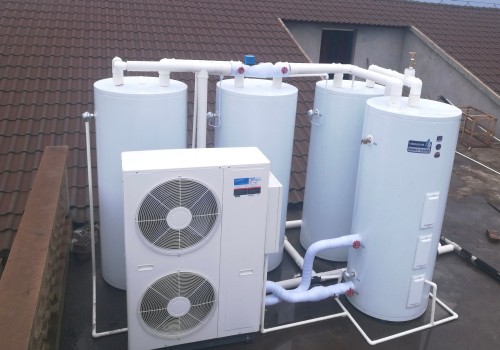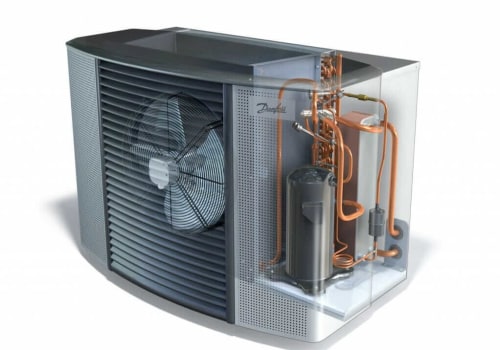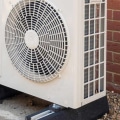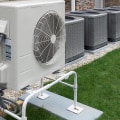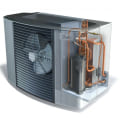Heat pumps may have problems with low airflow, leaking ducts and incorrect coolant charging. There should be between 400 and 500 cubic feet per minute (cfm). There should be 400 to 500 cubic feet per minute (cfm) airflow for each ton of heat pump air conditioning capacity. Efficiency and performance deteriorate if airflow is much lower than 350 cfm per ton.
Technicians can increase airflow by cleaning the evaporator coil or increasing fan speed, but often some modification of the ductwork is needed. See Minimizing Energy Losses in Insulating Ducts and Conduits. An air source heat pump is a low-carbon way to heat your home. They absorb latent heat from outside air and use it to increase the temperature inside the house.
An air source heat pump designed specifically for very cold climates can extract useful heat from ambient air as cold as −30 °C (−22 °F). An air source heat pump requires an outdoor unit that contains moving mechanical components, including noise-producing fans. If you are interested in purchasing a new system or are still wondering how air source heat pumps work, contact Long Refrigeration if you live in or around Springfield, Missouri. An air source heat pump (ASHP) works by transferring heat absorbed from outside air to an indoor space.
We offer a wide range of heating and cooling services, including air source heat pumps, geothermal systems and underfloor heating. It is crucial that this system is designed correctly so as not to ventilate the property too much and only use heat from the air that would normally have been expelled into the atmosphere. Air source heat pump (ASHP) systems, also known as air-to-air heat pumps, can heat and cool your home with the same unit, using cooling technology to transfer heat. A solid foundation must be built for the air source heat pump and, when retrofitting, all alterations to the structure of the house and radiator systems must be completed before the installation date.
The amortization of an air source heat pump will largely depend on the actual cost of the exchange, taking into account the incentive payments it may receive and also the amount it would have spent on a replacement boiler. Hybrid heat pumps are also available, combining an air source heat pump and a gas boiler in a single box, designed to work together and get the best out of each heating system. However, in recent years, the technology of air source heat pumps has advanced, so it now offers a legitimate alternative of space heating in colder regions. In order to compare heat pumps based on how much they are affected by these efficiency changes, the seasonal COP is used.
Due to the lower heat supply, air source heat pumps are most often used with underfloor heating to make the most of the system. All heat pumps certified by the Microgeneration Certification System must be sold with a product label and the installer must produce a package label. Air source heat pumps require electricity to operate, but generate more energy than they consume. The micro heat pump only consumes between 400 W (watts) and 800 W of electricity, and produces between 1200 W and 2400 W of heat (depending on the compressor and fan size and air inlet temperature), so if you have photovoltaic (PV) panels installed on the property, the micro heat pump will also be optimized to use generation internal and possibly free water heating for much of the year.
.
